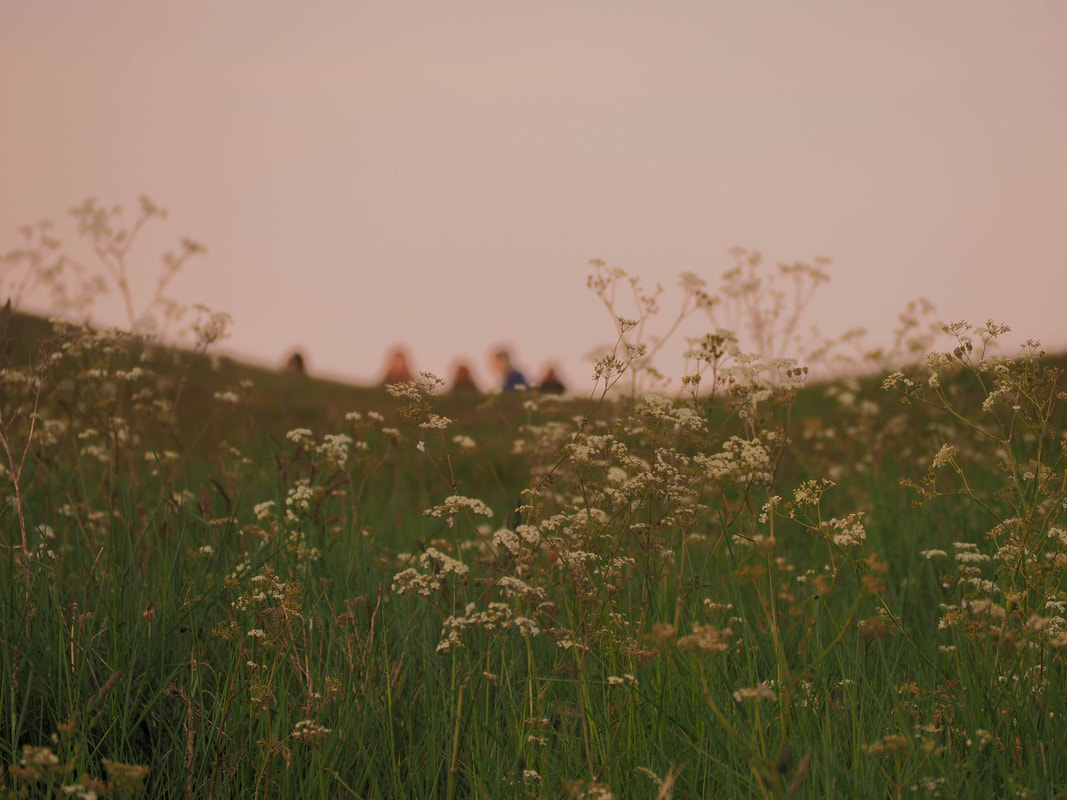|
By Rachel H Hollingbury Hill, including the golf course, Hillfort and Wildpark is one of the largest Estate Downland greenspaces within the city. It is a Local Nature Reserve and part of South Downs National Park.During the lockdowns, when golf ceases to be played, this area becomes a haven for the communities who live next to it: Coldean, Moulsecoomb, Hollingdean and Hollingbury. In the spring and summer of 2020 more than 100 people an hour could be seen enjoying the Hill.
It makes a huge difference to the wellbeing of people who live nearby because you can walk out of your door to it, because it is large and freely explorable, because of its expansive views, and because of its wildlife. Nearby, freely explorable, nature-rich landscapes are recognised by Natural England as essential to human wellbeing. In the summer the summit and slopes are dotted with glow worms. In the spring it is covered in Early Purple orchids. Giant emperor moths emerge from their cocoons on the hillfort. Linnets shelter in the furze. Last spring my daughter and I learned all of the common bird songs there. The area was originally given to Brighton City Council for use as accessible public land, yet barely more than a year ago, in the teeth of the climate, mass extinction and mental health crises, and despite a petition, signed by 5216 people asking the Council to pause and reconsider the re leasing of the land, the decision to grant a lease to a private landlord has made it even less accessible to these communities. The process was not transparent, and reassurances made about the new landlord engaging with the community have so far proved empty. Last spring, the new golf course management used banned pesticides on the greens. Fertilizers, used to keep the driveways a monoculture, risk leaching nitrates into the water supply. The new golf management have so far refused to engage with a plan to manage the land for nature by looking at best practice for golf courses, which would entail simple measures like gathering up plant material when they cut the roughs, resulting in a much larger diversity of chalk grassland plants developing, and less work cutting back in the future. The rampion, a chalk grassland native, known as Pride of Sussex, used to bloom all over the summit of the Hill. Last summer we found one sole remaining flower. To prevent something like this happening again, the Whole Estate Plan must change how the Brighton Downs Estate manages the land so that decisions on leasing council land or buildings consider public values first: the mental health of local communities, the survival of nature, mitigating the climate emergency, rather than viewing the land simply in terms of a real estate commodity.
1 Comment
|
Archives
August 2022
Categories |

 RSS Feed
RSS Feed
